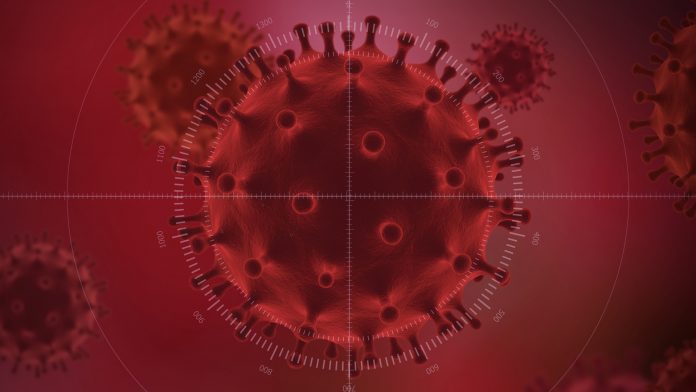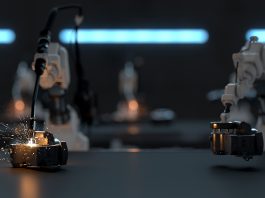A multidisciplinary team of scientists from the University of Malaga, Spain, is developing a point-of-care system based on photonic sensors to detect SARS-CoV-2.
Led by Robert Halir, a researcher at the Higher Technical School of Telecommunications Engineering, the team has developed a prototype of the sensing system based on photonic chips, and a measuring device, which can detect SARS-CoV-2 proteins in very low concentrations. The prototype has been developed over the past four years and was originally developed to detect antibody biomarkers present in patients that are allergic to antibiotics.
Halir said: “PCR techniques currently applied to detect the virus are reliable, but also slow and expensive, while serological assays, though simpler, lack precision and cannot provide quantitative results.”
Halir explained that their system will precisely add functionality and, in the future, could offer real-time results at a lower cost. The team has been funded with €95,000 under the COVID-19 Fund of the Government of Andalusia to work, for one year, towards demonstrating the system’s ability to detect SARS-CoV-2.
This funding will also allow the team to make changes to the technology in order to reduce its price. Halir said: “If results are satisfactory, in the future we will be able to develop a completely functional point-of-care equipment to be deployed in primary healthcare centres.”
According to the research team, cost reduction would be significant compared to PCR testing, because these tests could be performed directly by family doctors, thus saving the costs of specialised laboratories. The photonic sensors can detect SARS-CoV-2 in less than an hour, significantly reducing the current wait time of COVID-19 tests.
Additional advantages of these sensors include: the ability to detect lower concentrations of antibodies and the technology can also identify the exact number of antibodies a tested person has. “If we succeed, we believe that a commercial prototype could be developed in the near future”, says Halir.








